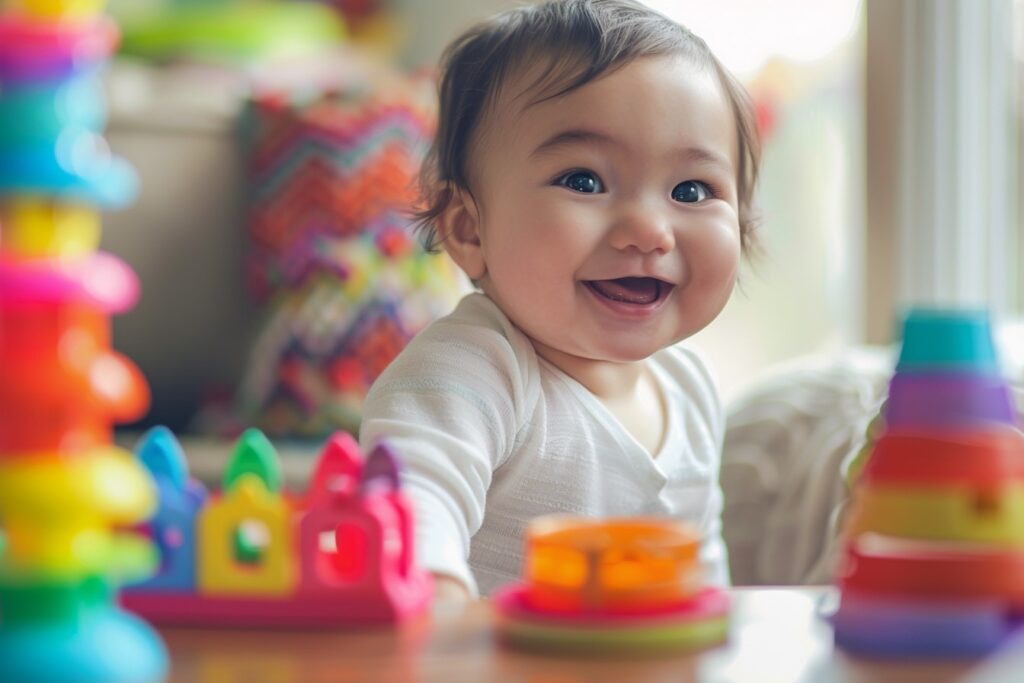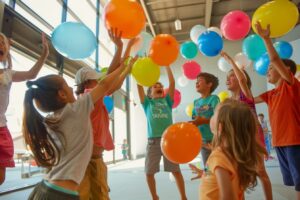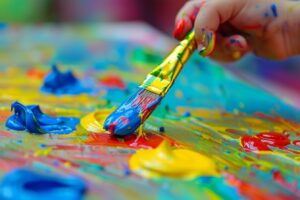Table of Contents
ToggleUnlocking Creativity: DIY Montessori Toys for Babies
As parents, we embark on a remarkable journey filled with countless moments of discovery and joy. From the first flutter of tiny kicks in the womb to the precious milestones of infancy, each step of this journey is imbued with wonder and possibility. For me, this journey took on a new dimension when I discovered the Montessori approach to early childhood education, a philosophy that resonates deeply with my Caribbean cultural roots.
Picture this: a sun-drenched morning in the Caribbean, with the gentle sway of palm trees and the soothing rhythm of ocean waves as the backdrop to our family’s adventures. It was amidst this vibrant tapestry of sights, sounds, and flavors that I first encountered the principles of Montessori education. Inspired by the natural curiosity and boundless creativity of my own child, I set out on a quest to unlock the secrets of hands-on learning and independence that lie at the heart of the Montessori philosophy.
The journey was not without its challenges, but with each homemade toy crafted from recycled materials, each sensory exploration activity woven with elements of Caribbean culture, I found myself falling deeper in love with the art of nurturing young minds. From the sensory delight of seashells collected on sandy shores to the vivid hues of tropical fruits adorning our DIY mobiles, every moment became an opportunity to celebrate the rich tapestry of our cultural heritage.
Through the lens of Montessori education, I witnessed firsthand the transformative power of play in shaping my child’s development. From the earliest days of infancy, sensory exploration activities sparked curiosity and wonder, laying the foundation for a lifelong love of learning. As my child grew, so too did their fine motor skills, as they joyfully engaged in threading beads, stacking blocks, and exploring the world around them with eager hands and curious eyes.
But perhaps the most profound revelation of all was the realization that Montessori education is not just about academic achievement; it is about nurturing the whole child – body, mind, and spirit. Through language-rich storytelling sessions infused with Caribbean folklore, through collaborative play experiences that celebrate community and connection, I witnessed my child blossoming into a confident, compassionate, and culturally aware individual.
It is with this sense of wonder and gratitude that I invite you to join me on a journey of creativity and discovery as we explore the world of DIY Montessori toys for babies. Together, let us unlock the potential within each child, embracing the magic of hands-on learning and the richness of our Caribbean cultural heritage.
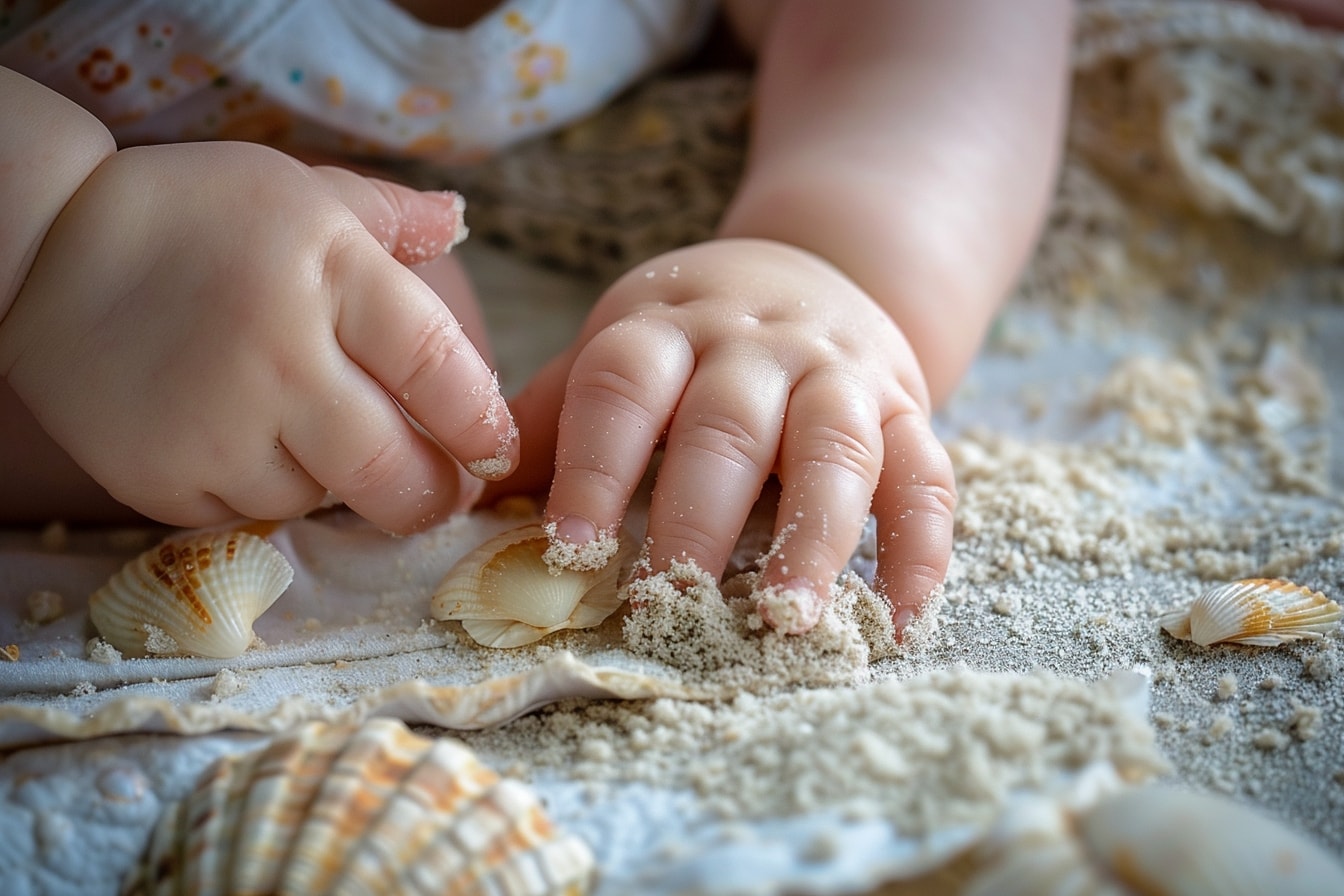
Sensory Sensations: Engaging the Senses
When it comes to early childhood development, there’s something truly magical about the power of sensory play. From the soft touch of a plush toy to the gentle rustle of leaves in the breeze, our little ones are constantly exploring the world around them through their senses. As parents, we have the incredible opportunity to harness this natural curiosity and create sensory-rich experiences that stimulate their growing minds.
Imagine the delight on your baby’s face as they reach out to touch the cool smoothness of a seashell, or the sheer joy as they squish their fingers into a pile of warm sand. These simple yet profound moments of sensory exploration lay the groundwork for a lifetime of learning, fostering cognitive development, motor skills, and emotional well-being.
- DIY Sensory Bins: One of my favorite ways to engage my child’s senses is through the creation of sensory bins filled with natural materials sourced from our Caribbean surroundings. From silky smooth sand to rough-textured shells and colorful sea glass, the possibilities are endless. Simply fill a shallow container with your chosen materials and watch as your little one dives in, exploring the textures, colors, and shapes with their curious hands.
- Sensory Bottles: Another fantastic DIY option is sensory bottles, which offer a mesmerizing visual and auditory experience for babies. Fill clear plastic bottles with a variety of materials such as rice, beans, water beads, or glitter, then seal tightly and watch as your baby delights in the swirling patterns and soothing sounds. For a Caribbean twist, consider adding tiny shells or brightly colored beads reminiscent of the vibrant coral reefs that grace our shores.
- Tactile Toys: For babies who love to explore with their hands, tactile toys are a wonderful option. Create simple DIY toys using fabrics of different textures, such as soft cotton, fuzzy fleece, and crinkly taffeta. Sew or glue these fabrics together to form sensory squares or stuffed animals, incorporating Caribbean-inspired patterns and motifs for an extra touch of cultural flair.
As you engage your baby in sensory play, observe their reactions closely and follow their lead. Notice which textures they gravitate towards, which sounds captivate their attention, and which colors elicit the biggest smiles. By tuning into your child’s unique sensory preferences, you can tailor their play experiences to suit their individual needs and interests, creating a rich tapestry of sensory sensations that will spark joy and wonder for years to come.
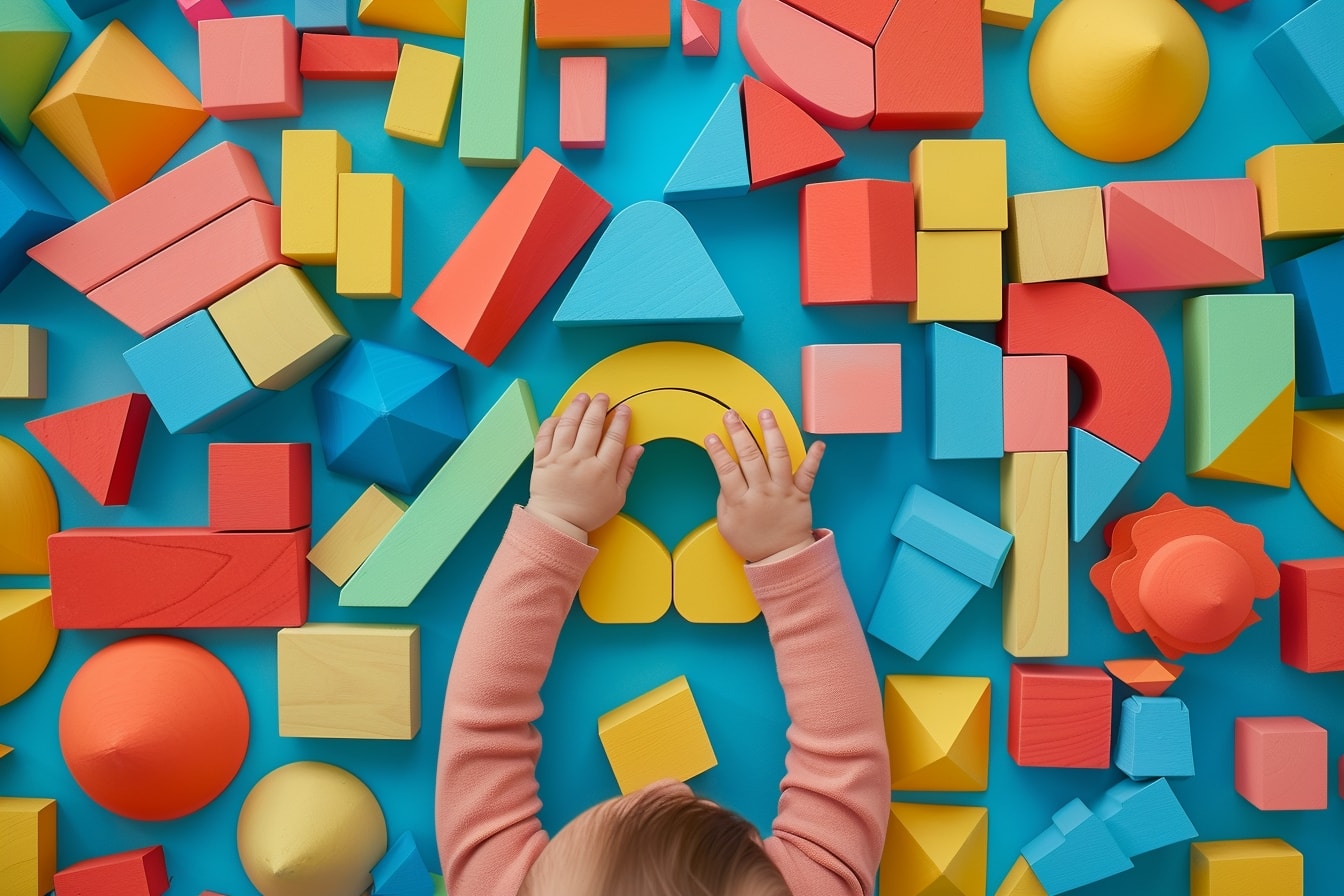
Exploring Colors and Shapes: Stimulating Visual Perception
As parents, we are constantly amazed by the way our little ones perceive the world around them. From the vibrant hues of a tropical sunset to the geometric patterns of a seashell, every day is filled with opportunities for exploration and discovery. In this section, we’ll dive into the fascinating world of visual perception and discover how we can stimulate our babies’ developing minds through the exploration of colors and shapes.
Visual stimulation plays a crucial role in early childhood development, helping babies to make sense of the world and build important cognitive skills. By introducing them to a variety of colors and shapes from an early age, we can lay the foundation for future learning and foster a lifelong appreciation for the beauty of our surroundings.
- Contrasting Colors: One of the simplest ways to engage babies’ visual perception is through the use of contrasting colors. Create DIY toys featuring bold, contrasting hues such as black and white, or red and blue, to capture your baby’s attention and stimulate their developing eyesight. Consider incorporating Caribbean-inspired color palettes, drawing inspiration from the vibrant landscapes and rich cultural traditions of the region.
- Geometric Shapes: Another effective strategy for stimulating visual perception is to introduce babies to a variety of geometric shapes. DIY toys such as wooden blocks, felt shapes, or fabric puzzles can help babies to recognize and differentiate between different shapes, laying the groundwork for future mathematical skills. Get creative with your designs, incorporating patterns and motifs inspired by Caribbean architecture, folk art, and indigenous crafts.
- Nature-Inspired Art: For a truly immersive sensory experience, consider incorporating elements of nature into your baby’s visual exploration activities. Create DIY mobiles featuring intricately crafted paper flowers, delicate seashells, or brightly colored feathers, evoking the natural beauty of the Caribbean landscape. Hang these mobiles above your baby’s crib or play area, allowing them to marvel at the beauty of nature’s shapes and colors as they drift off to sleep or engage in quiet play.
As you introduce your baby to the wonders of color and shape, take the time to observe their reactions and celebrate their discoveries. Notice which colors capture their attention, which shapes they gravitate towards, and how they interact with different visual stimuli. By providing a rich and varied sensory environment filled with colors, shapes, and textures, you can help your baby to develop a keen sense of visual perception and lay the foundation for a lifetime of creative exploration.
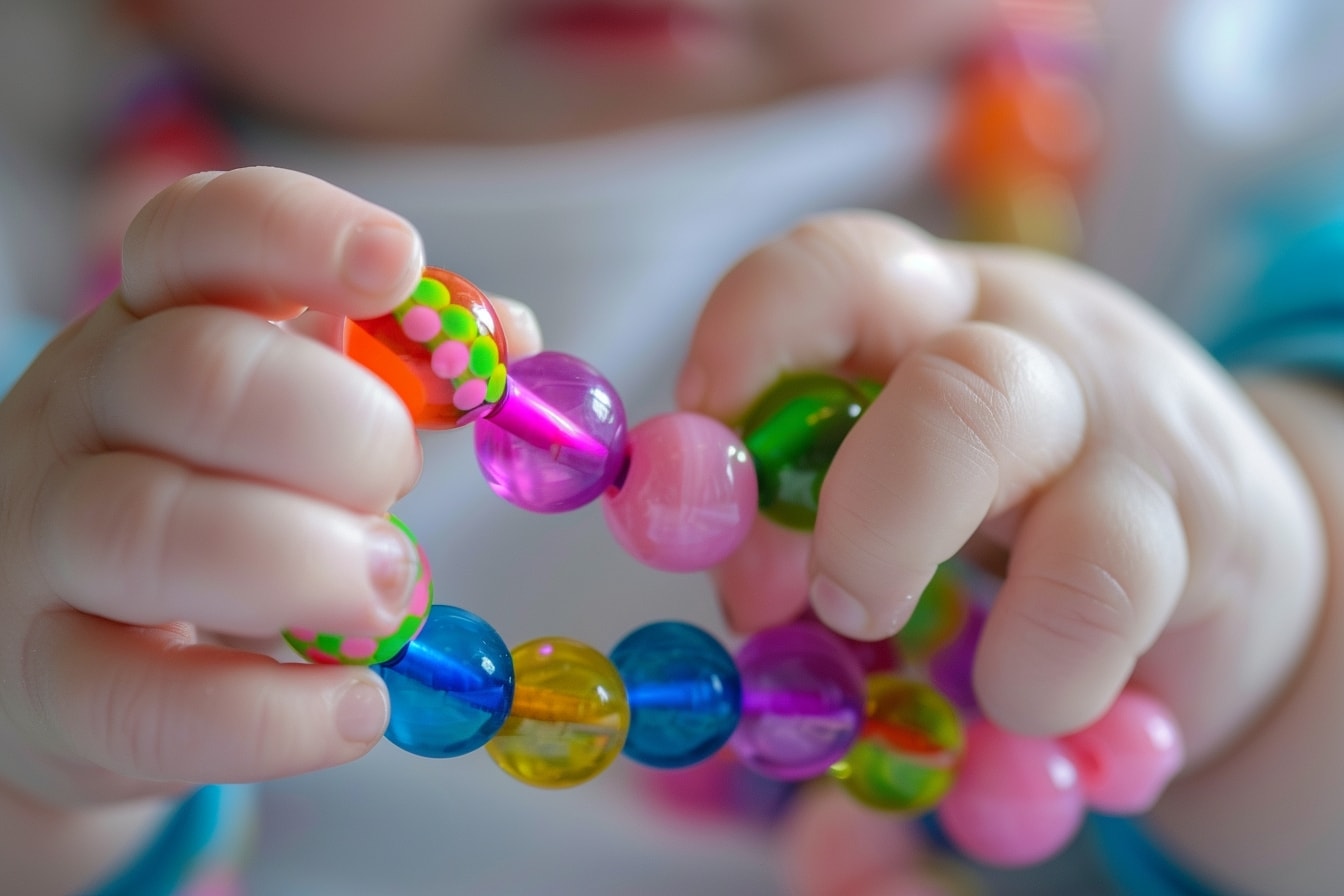
Fine Motor Fun: Developing Coordination and Dexterity
Watching our little ones explore the world with their tiny fingers and hands is a joy unlike any other. From the earliest days of infancy, babies are hard at work developing their fine motor skills, laying the foundation for a lifetime of dexterous mastery. In this section, we’ll delve into the wonderful world of fine motor fun and discover how we can support our babies’ development through engaging hands-on activities.
Fine motor skills are essential for performing everyday tasks such as grasping objects, feeding oneself, and eventually, writing and drawing. By providing babies with opportunities to practice and refine these skills through play, we can help them to build confidence and independence while fostering a sense of accomplishment and pride in their abilities.
- Threading Beads: One of my favorite fine motor activities for babies is threading beads onto a string or pipe cleaner. Not only does this activity help to develop hand-eye coordination and finger dexterity, but it also encourages creativity and imagination as babies experiment with different colors and patterns. Start with large, easy-to-grasp beads and gradually introduce smaller beads as your baby’s skills improve.
- Stacking Blocks: Another classic fine motor activity is stacking blocks or cups. Whether they’re wooden blocks, plastic cups, or cardboard boxes, the act of stacking and building requires precise hand movements and hand-eye coordination. Encourage your baby to experiment with different stacking patterns and configurations, celebrating their successes and offering gentle guidance when needed.
- Exploring with Playdough: Playdough is a versatile and engaging medium for fine motor play, offering endless opportunities for creativity and exploration. Provide your baby with a variety of tools and accessories such as cookie cutters, rolling pins, and plastic utensils, allowing them to squish, squeeze, and shape the dough to their heart’s content. Not only does this activity develop fine motor skills, but it also provides sensory stimulation and promotes imaginative play.
As you engage in fine motor activities with your baby, be sure to follow their lead and provide plenty of encouragement and support. Offer praise for their efforts and celebrate their achievements, no matter how small. Remember that each baby develops at their own pace, so be patient and allow them the time and space to explore and grow at their own pace. By fostering a nurturing and supportive environment filled with opportunities for fine motor fun, you can help your baby to develop the coordination and dexterity they need to navigate the world with confidence and skill.
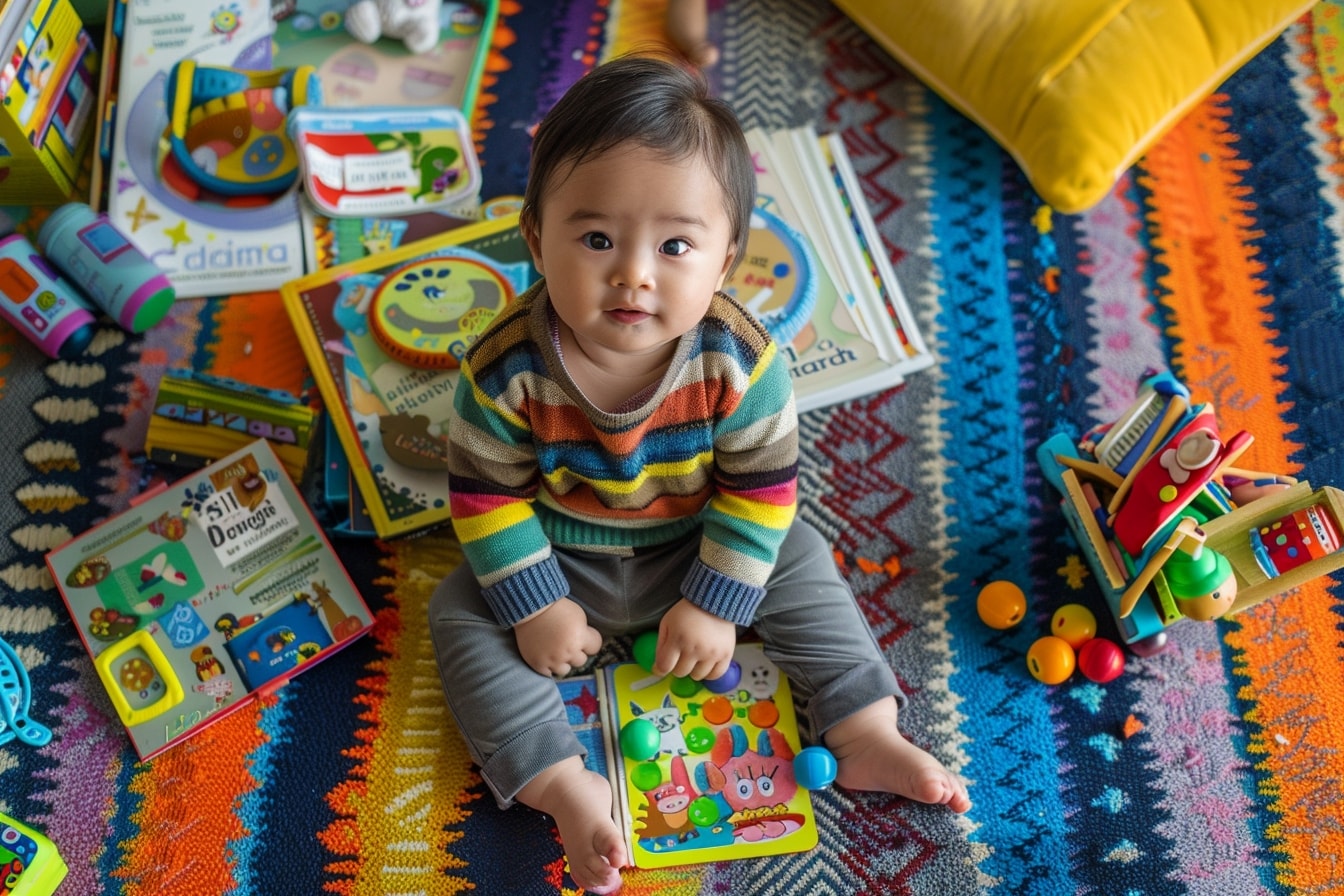
Language and Communication: Building Early Literacy Skills
As parents, we understand the profound importance of language and communication in our children’s development. From the first babble of infancy to the eloquent conversations of childhood, language forms the bedrock of our ability to connect, learn, and grow. In this section, we’ll explore how we can nurture our babies’ early literacy skills through engaging language-rich activities that celebrate our cultural heritage.
Early exposure to language is crucial for building a strong foundation for literacy and communication skills. By surrounding our babies with rich and varied language experiences from an early age, we can help them to develop vocabulary, comprehension, and expressive language abilities that will serve them well throughout their lives.
- Bilingual Storytelling: One of the most effective ways to expose babies to language is through storytelling. Share traditional Caribbean folktales and nursery rhymes in both English and Creole, immersing your baby in the rhythmic cadence and vibrant imagery of our cultural heritage. Use props, gestures, and facial expressions to bring the stories to life, encouraging active engagement and participation.
- Musical Exploration: Music is another powerful tool for promoting language development and early literacy skills. Sing songs in both English and Spanish, incorporating Caribbean rhythms and melodies that reflect our cultural identity. Encourage your baby to clap, dance, and sing along, fostering a love of music and language that will endure for years to come.
- Language-Rich Play: Finally, create opportunities for language-rich play experiences that encourage conversation, interaction, and exploration. Label objects and describe actions as you play with your baby, using descriptive language and simple sentences to help them make connections between words and their meanings. Incorporate Caribbean-themed toys and props into your playtime, sparking curiosity and inspiring conversation about our cultural traditions and customs.
As you engage in language and communication activities with your baby, be sure to follow their lead and respond to their cues and interests. Offer plenty of praise and encouragement for their efforts, and create a supportive environment where language exploration is celebrated and cherished. Remember that every interaction is an opportunity to build your baby’s early literacy skills and strengthen the bonds of love and connection between you. By embracing language-rich experiences that honor our cultural heritage, you can help your baby to develop the communication skills they need to thrive in a diverse and interconnected world.
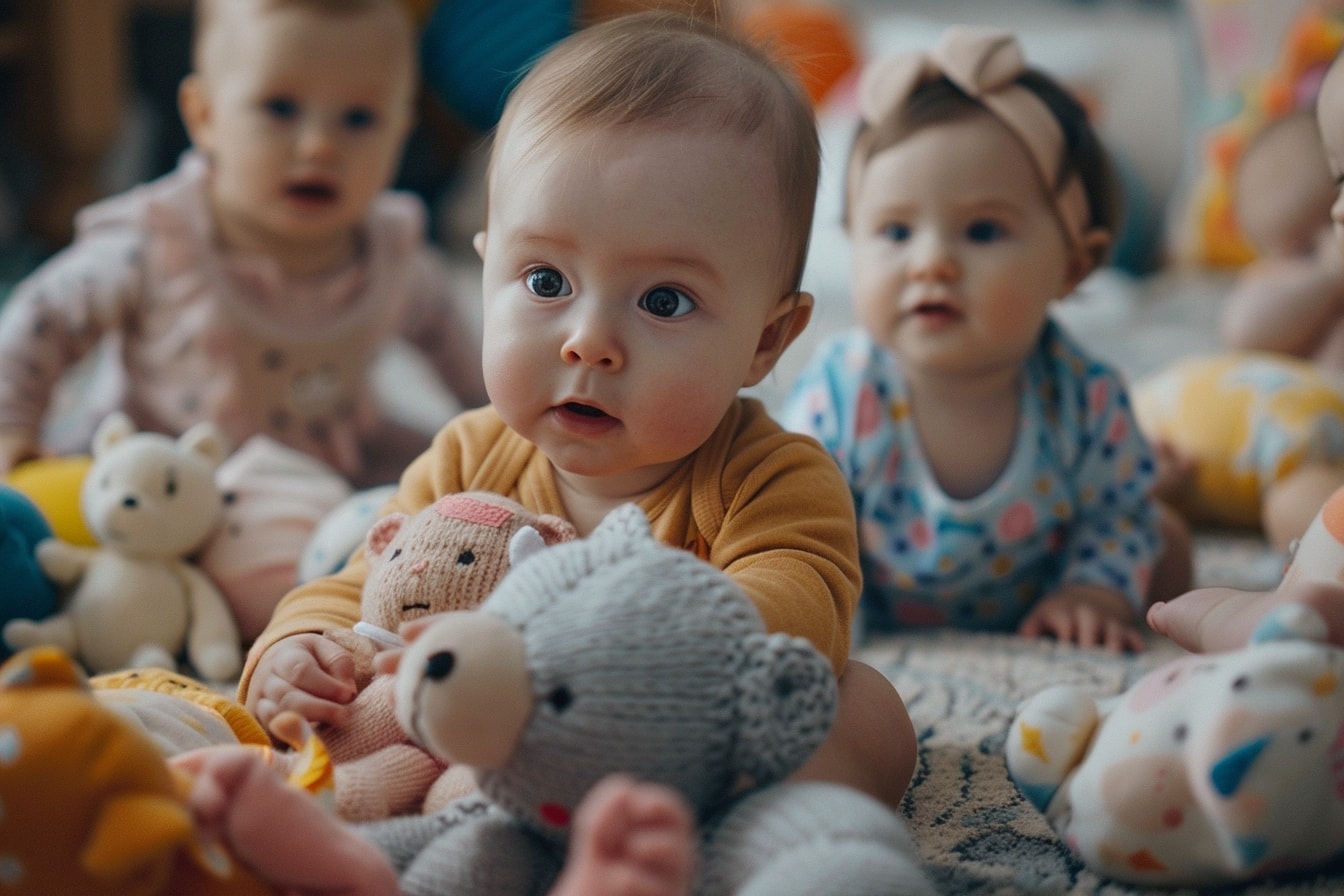
Social Interaction and Emotional Development: Fostering Connections
As parents, we cherish the moments of connection and intimacy shared with our little ones. From the tender embrace of a cuddle to the joyous laughter of shared play, these moments form the foundation of our children’s social and emotional development. In this section, we’ll explore the importance of fostering connections and nurturing relationships in supporting our babies’ growth and well-being.
Social interaction is essential for helping babies to develop a sense of belonging and connection to others. By engaging in meaningful interactions with family members, caregivers, and peers, babies learn to communicate, cooperate, and empathize with others, laying the groundwork for healthy relationships and emotional resilience.
- Family Bonding: Create opportunities for quality family time where you can bond with your baby in a relaxed and nurturing environment. Set aside dedicated moments each day for cuddles, snuggles, and shared activities that promote bonding and attachment. Whether it’s reading a book together, taking a walk in nature, or simply enjoying each other’s company, these moments of connection are invaluable for building a strong foundation of trust and love.
- Community Engagement: Seek out opportunities for your baby to engage with the wider community, whether it’s through playgroups, storytime sessions, or cultural events. Encourage interactions with other children and adults, fostering a sense of belonging and inclusion that transcends family boundaries. Embrace the rich diversity of our Caribbean community, celebrating our shared traditions and cultural heritage while also honoring our differences and unique perspectives.
- Emotional Support: Finally, be attuned to your baby’s emotional needs and provide a safe and nurturing environment where they feel loved, valued, and understood. Validate their feelings and emotions, offering comfort and reassurance during times of distress or uncertainty. Model healthy emotional expression and communication, showing empathy and compassion in your interactions with others.
As you foster connections and nurture relationships with your baby, remember that every interaction is an opportunity to strengthen the bonds of love and trust between you. Be present, patient, and responsive to your baby’s cues and needs, and cultivate a supportive environment where they feel safe to explore, express themselves, and form meaningful connections with others. By prioritizing social interaction and emotional development in your baby’s early years, you can lay the foundation for a lifetime of healthy relationships, resilience, and well-being.
As we come to the end of our exploration into the world of DIY Montessori toys for babies, I’m filled with a sense of gratitude and wonder for the journey we’ve shared. Together, we’ve delved into the realms of sensory exploration, fine motor fun, language-rich play, and social interaction, uncovering the myriad ways in which we can support our babies’ growth and development while embracing the richness of our Caribbean cultural heritage.
Throughout this journey, one thing has become abundantly clear: the power of play to shape young minds and nurture the bonds of love and connection between parents and children. Whether we’re threading beads, stacking blocks, or singing songs in multiple languages, every interaction is an opportunity to engage, inspire, and delight our little ones as they embark on the incredible journey of early childhood.
As we bid farewell, let us carry forward the lessons learned and the memories made, cherishing each moment of laughter, discovery, and connection shared with our babies. Let us continue to embrace creativity, curiosity, and cultural inspiration in all that we do, fostering a sense of wonder and joy that will accompany our children throughout their lives.
And so, as we part ways, I invite you to take what you’ve learned here and weave it into the fabric of your daily lives, infusing every moment with love, intention, and a spirit of adventure. Together, let us celebrate the beauty of parenthood, the magic of childhood, and the boundless potential that lies within each and every one of us.
Thank you for joining me on this journey. Until we meet again, may your days be filled with laughter, love, and endless opportunities for growth and discovery.
Want to take your knowledge to the next level? Check out these must-read articles:
- How to introduce music and art to your baby with Montessori
- Montessori and Tummy Time: Enhancing Motor Skills in Infants
Organize your baby’s wardrobe with our baby clothes closet organizer products! Our organizers are designed specifically for baby clothes. Get your baby’s clothes neat and tidy with our selection of organizers – shop now!
Step into Sue Brown's World of Baby Care, where you'll find a treasure trove of knowledge and wisdom waiting to be explored. Sue's dedication to providing accurate and up-to-date information on baby care shines through in every article, blog post, and resource she shares. From newborn essentials to sleep training tips, breastfeeding advice to nurturing your baby's development, Sue covers a wide range of topics that are essential for every parent to know. Her warm and compassionate approach creates a sense of community and reassurance, making her website a safe haven for parents seeking guidance and support. Let Sue Brown be your partner in this beautiful journey of parenthood, as she empowers you to create a loving, nurturing, and thriving environment for your little one.
- Balloon Blast: Gross Motor Skills with Balloon Games - July 25, 2024
- Mini Masterpieces: Toddler-Friendly Canvas Painting - July 24, 2024
- Origami for Toddlers: Easy Paper Folding Fun - July 23, 2024

